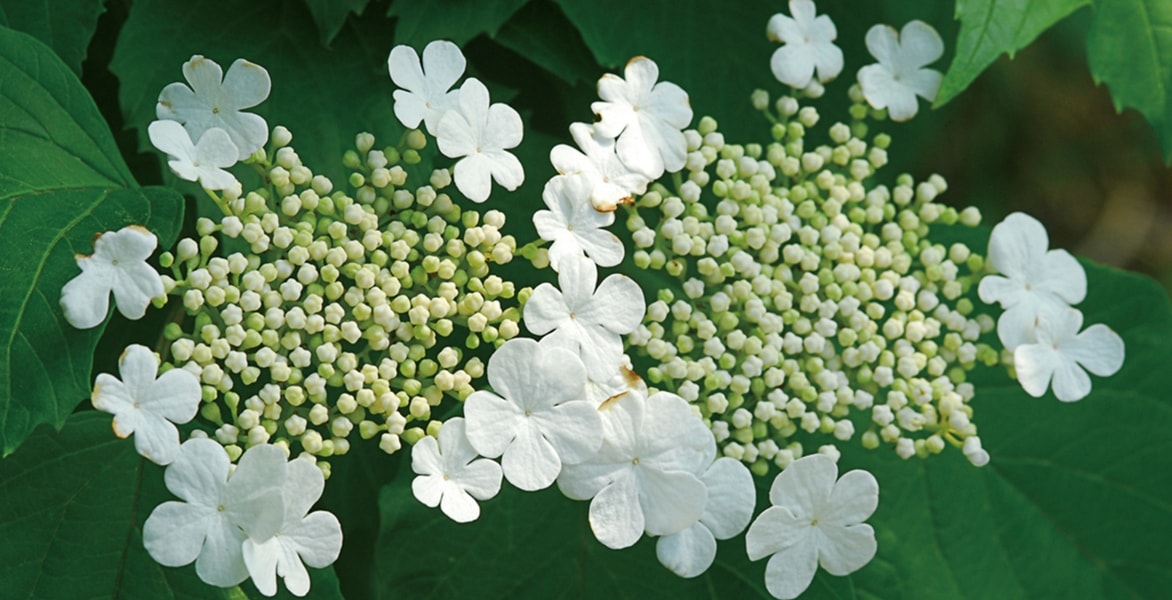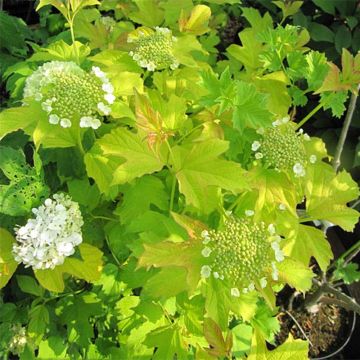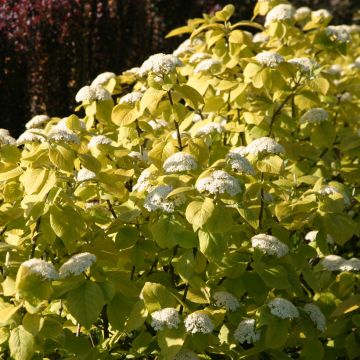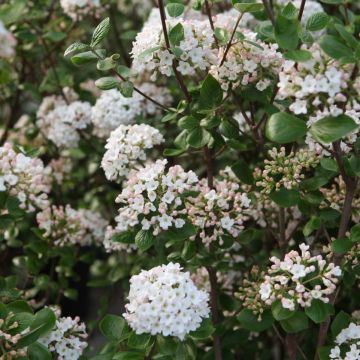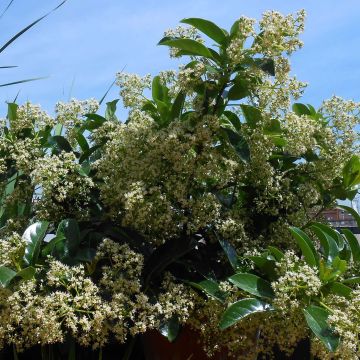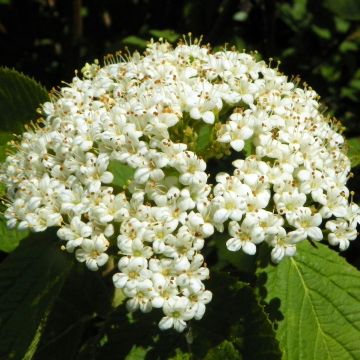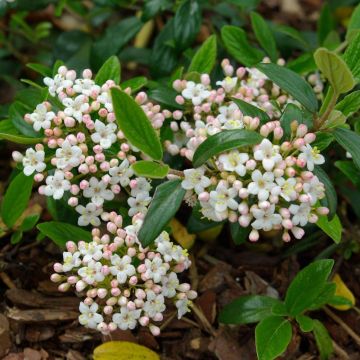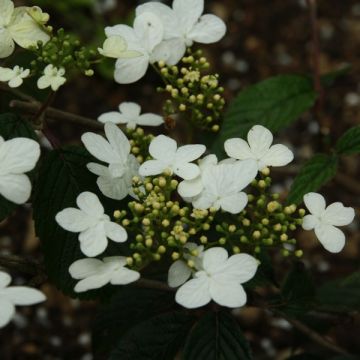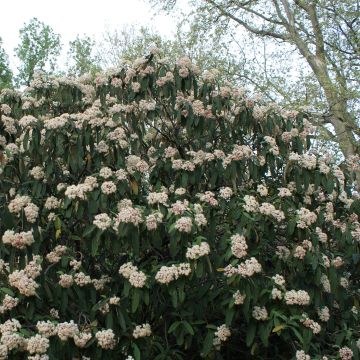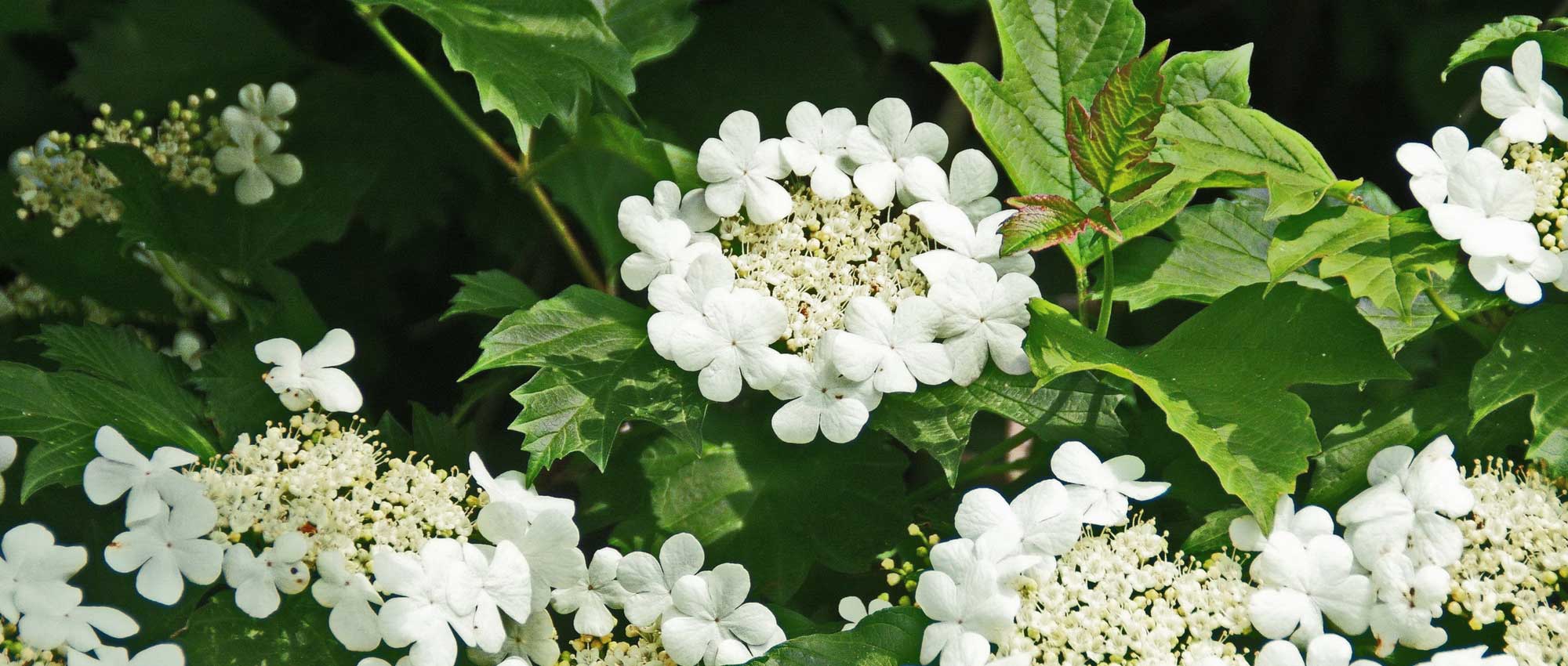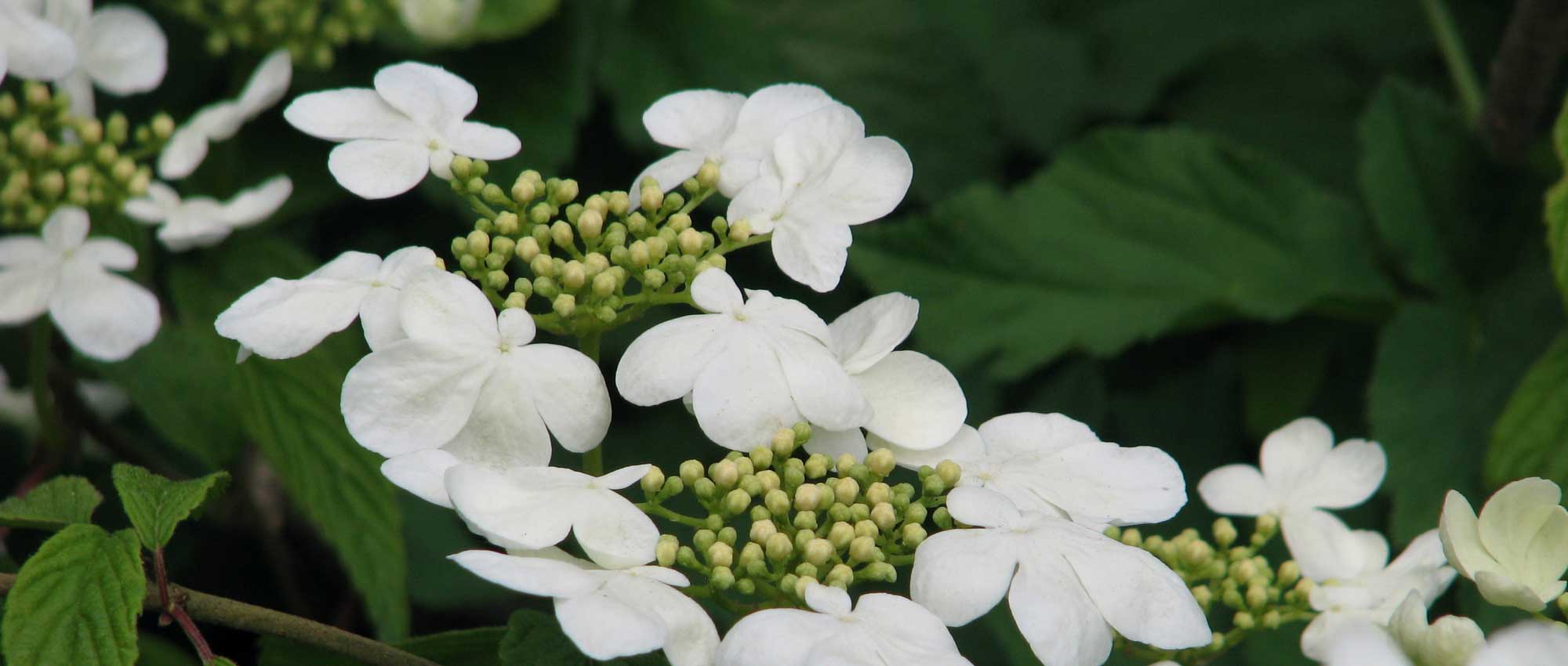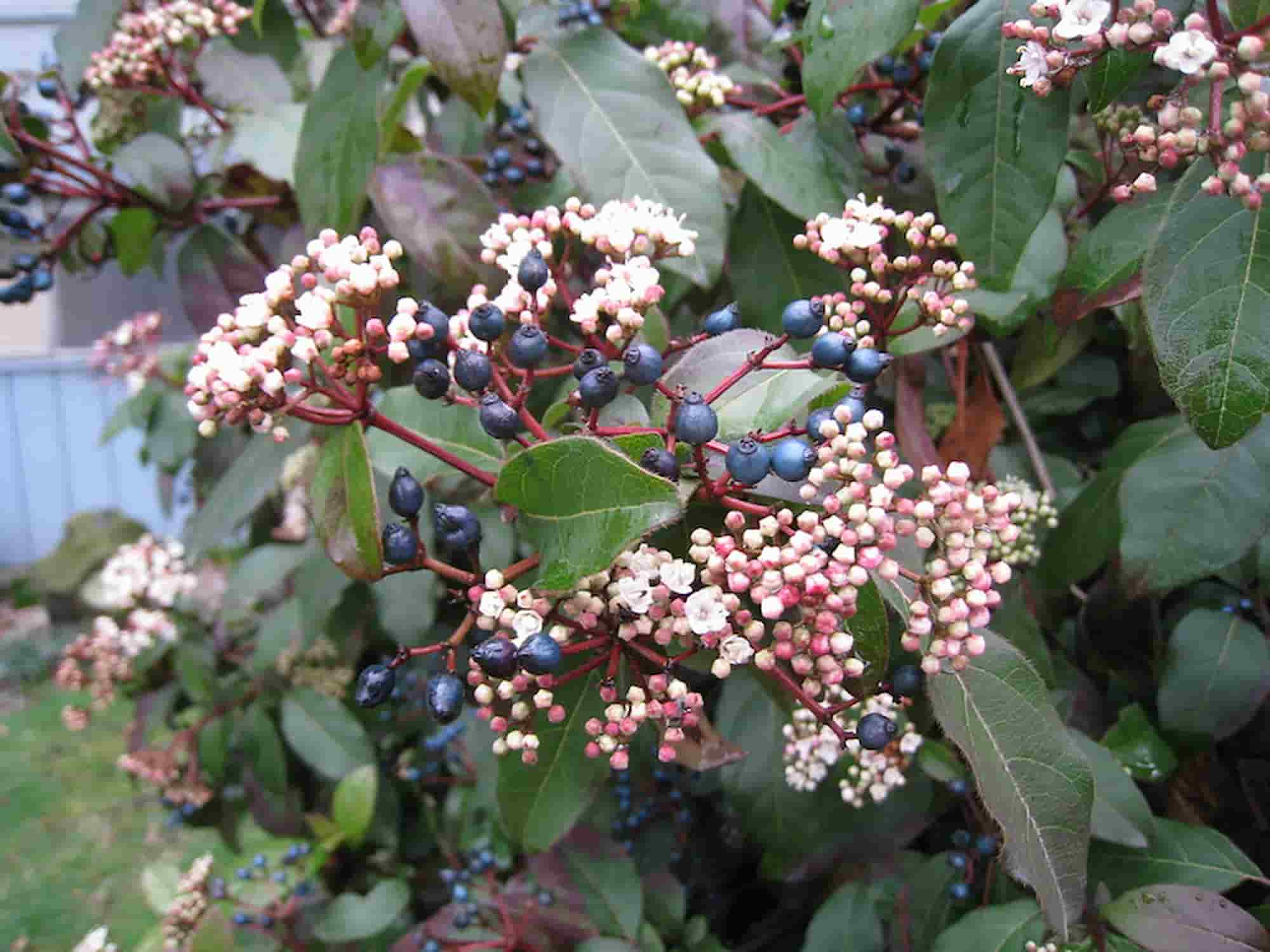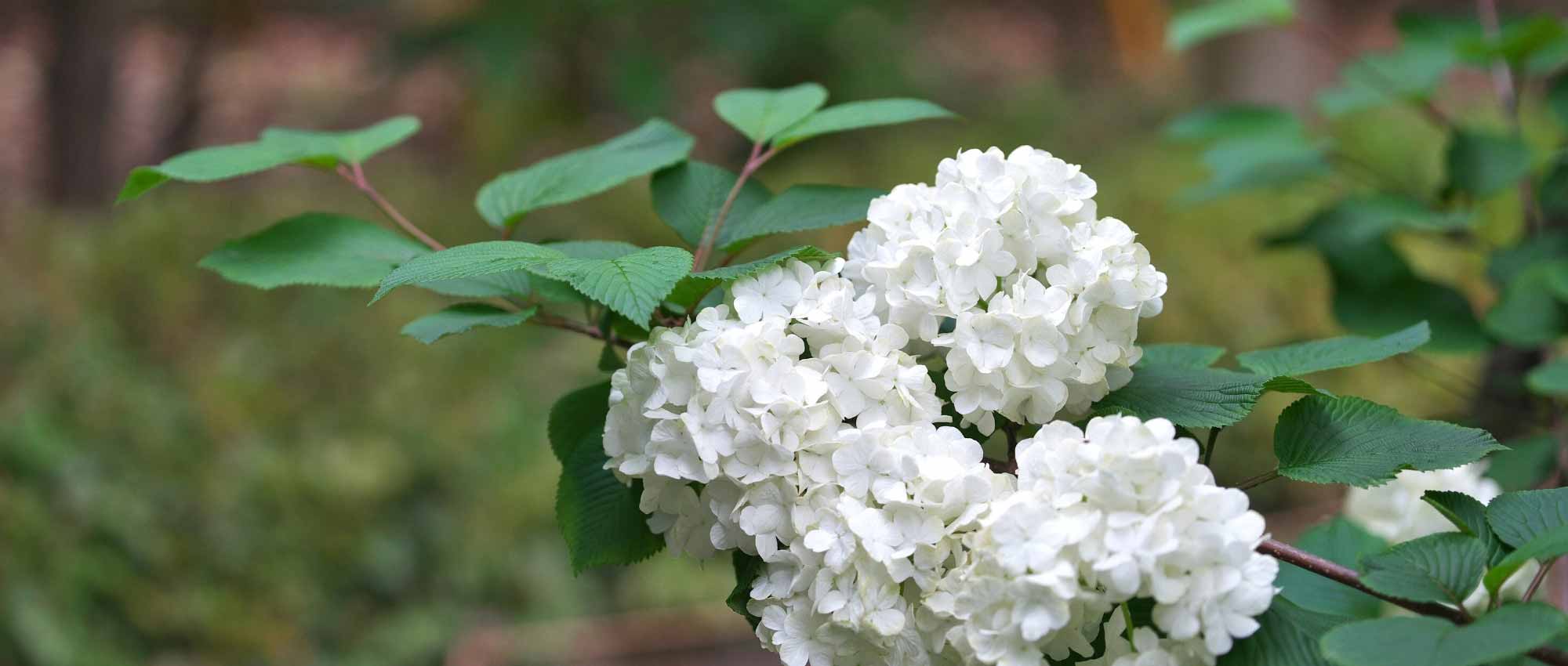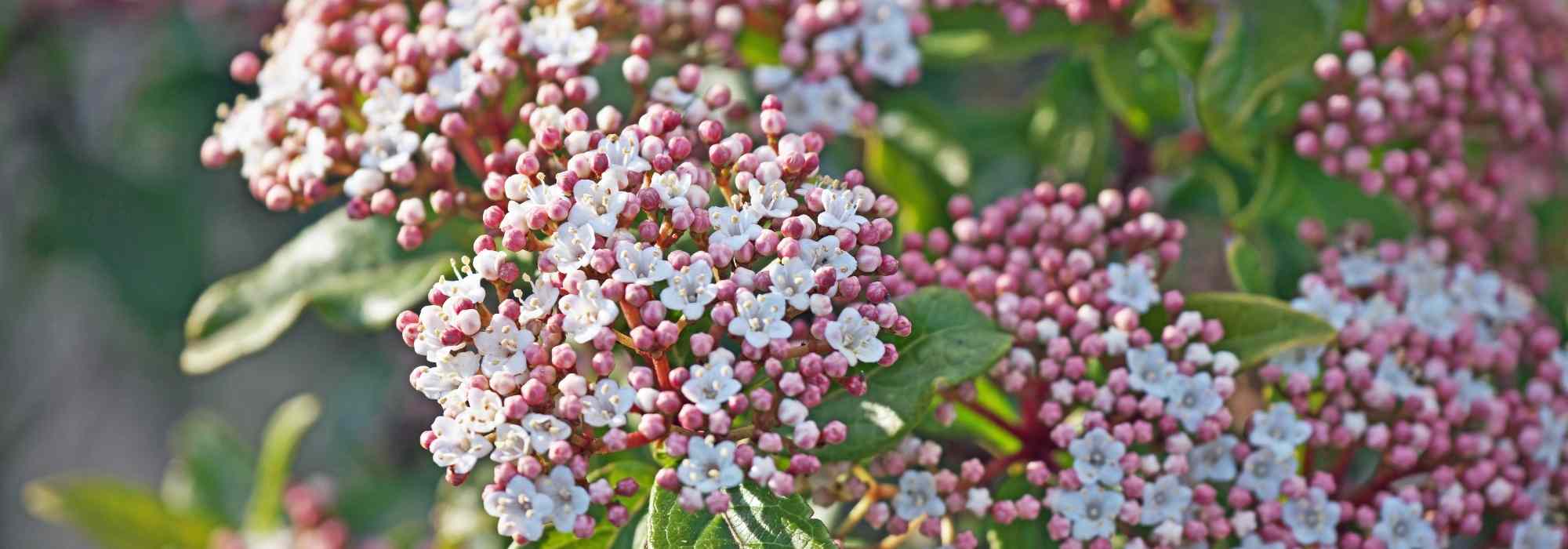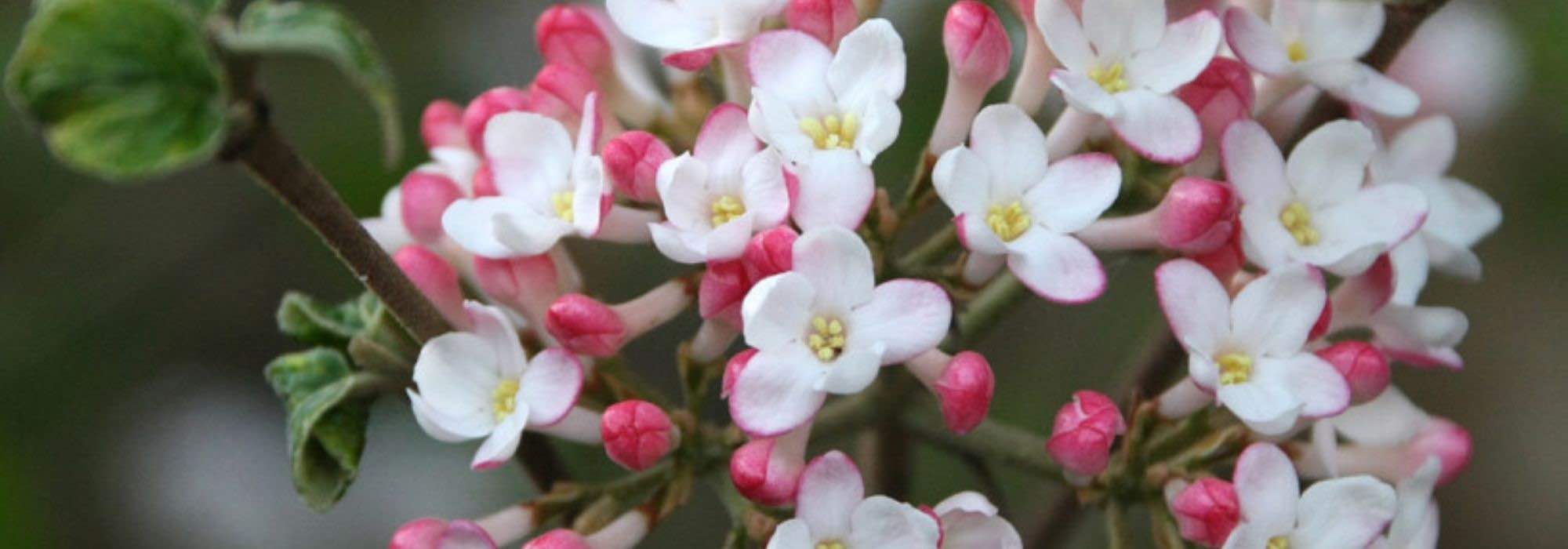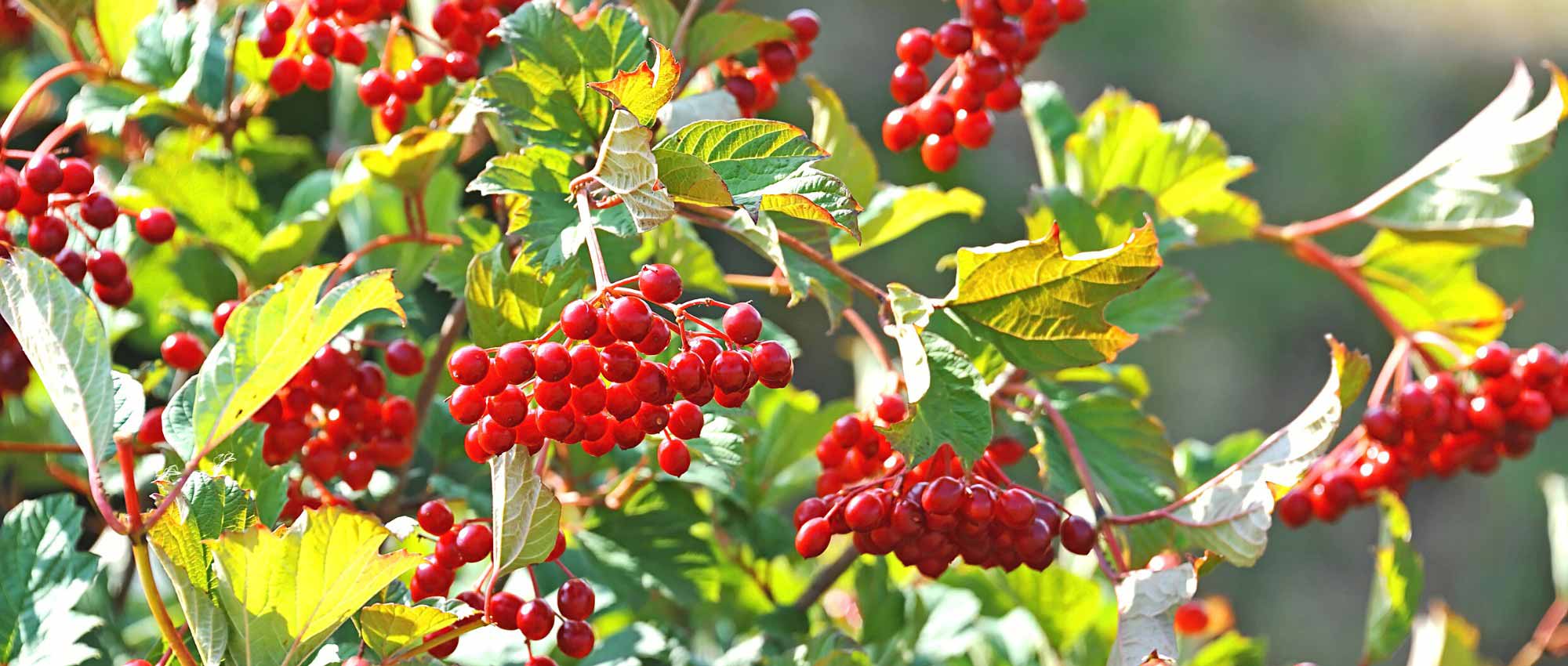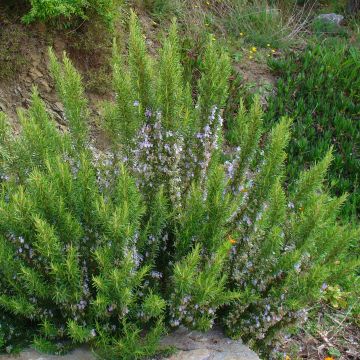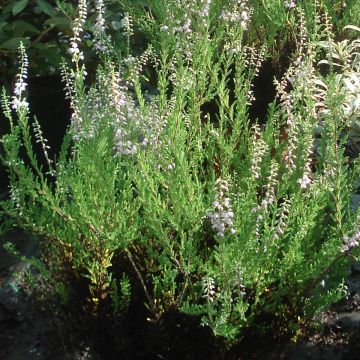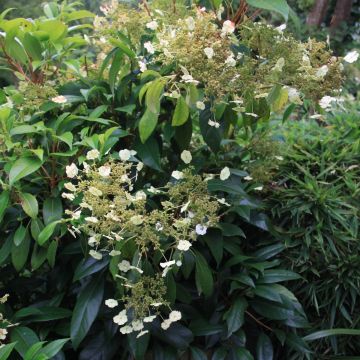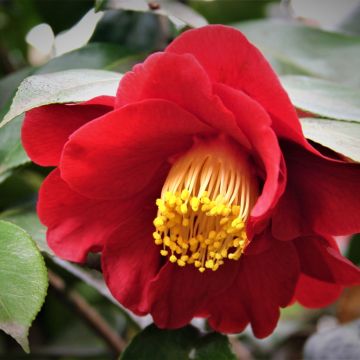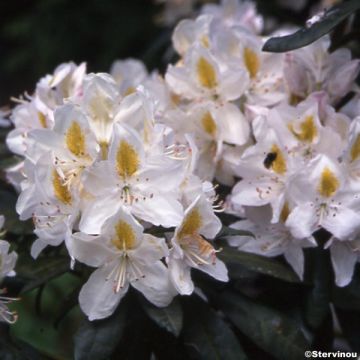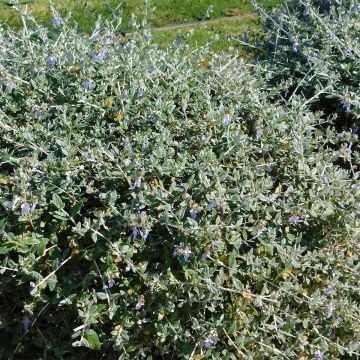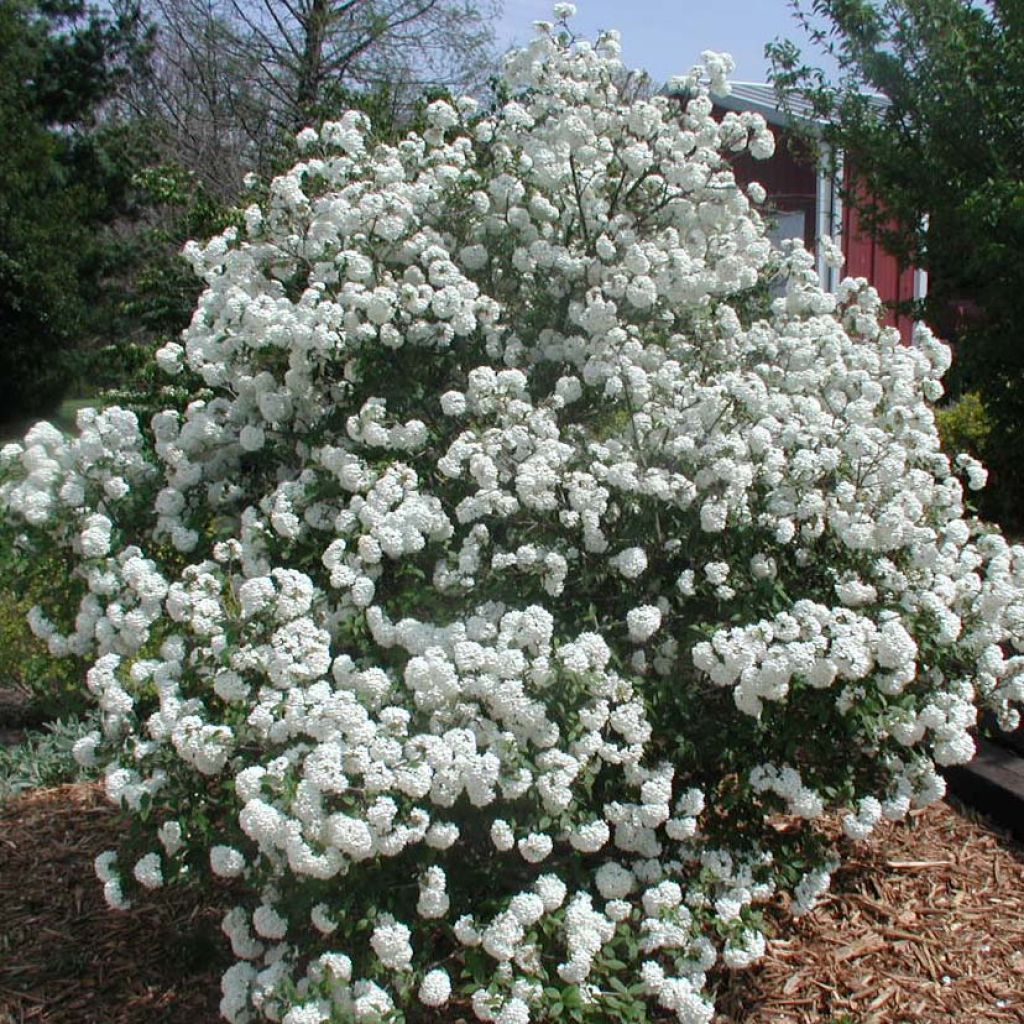

Viburnum x pragense
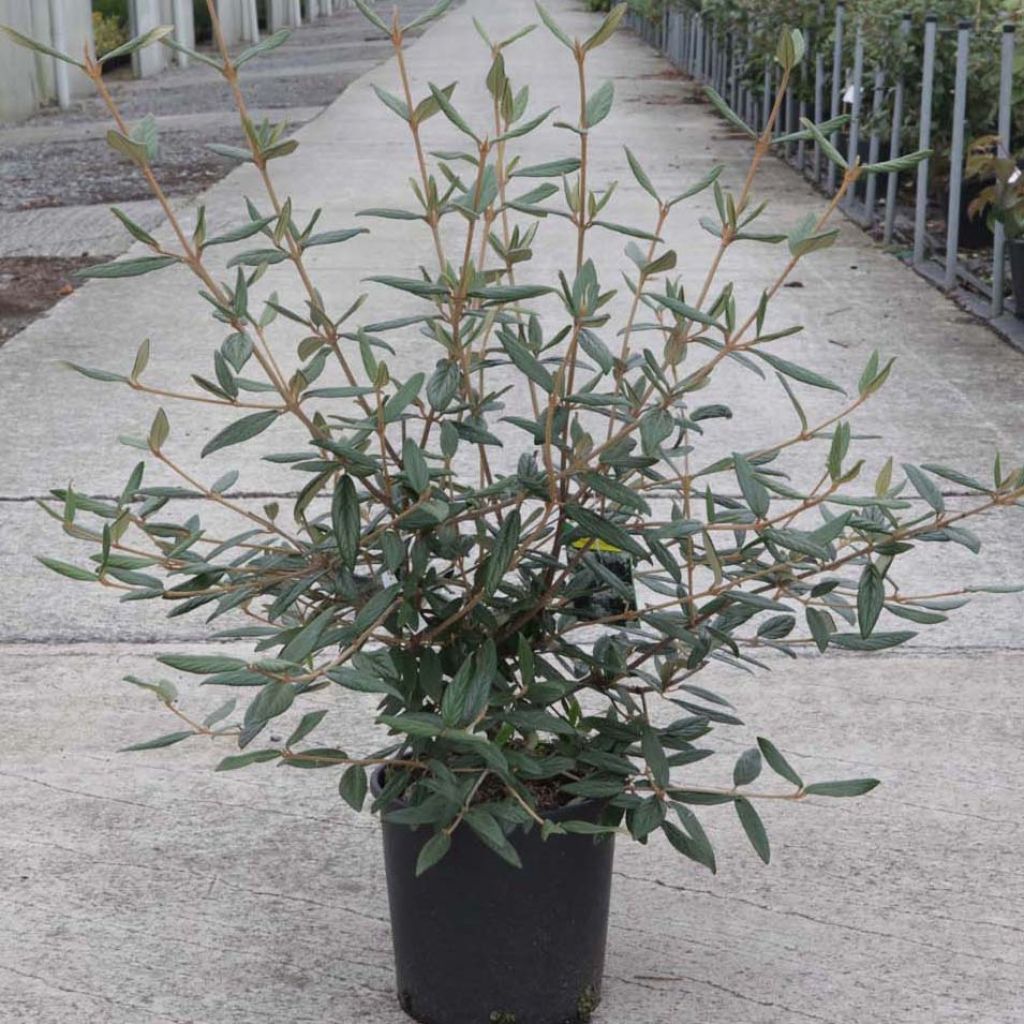

Viburnum x pragense
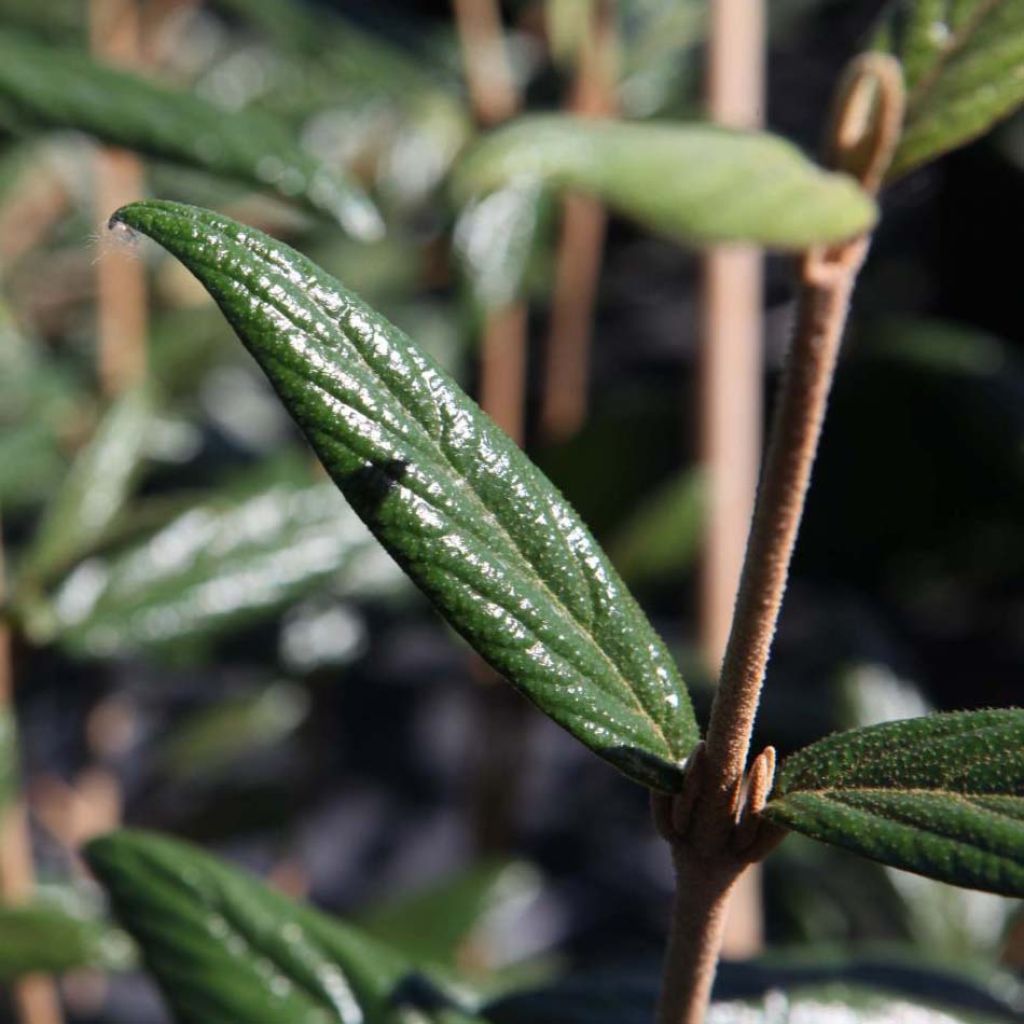

Viburnum x pragense
Viburnum x pragense
Viburnum rhytidophyllum x utile Pragense
Prague Viburnum
Nice young plant, looking forward to seeing it grow.
Nath44, 23/03/2025
Special offer!
Receive a €20 voucher for any order over €90 (excluding delivery costs, credit notes, and plastic-free options)!
1- Add your favorite plants to your cart.
2- Once you have reached €90, confirm your order (you can even choose the delivery date!).
3- As soon as your order is shipped, you will receive an email containing your voucher code, valid for 3 months (90 days).
Your voucher is unique and can only be used once, for any order with a minimum value of €20, excluding delivery costs.
Can be combined with other current offers, non-divisible and non-refundable.
Home or relay delivery (depending on size and destination)
Schedule delivery date,
and select date in basket
This plant carries a 24 months recovery warranty
More information
We guarantee the quality of our plants for a full growing cycle, and will replace at our expense any plant that fails to recover under normal climatic and planting conditions.

Would this plant suit my garden?
Set up your Plantfit profile →
Description
Viburnum x pragense, the Prague viburnum, is a horticultural variety born in the gardens of the eponymous city in 1955. This hybrid possesses the original evergreen foliage of its first parent, the wrinkled-leaved viburnum, the spring flowering of its second parent, the useful viburnum, and exhibits a curious, almost tabular habit. Its long, wavy leaves, of dark and shiny green, are velvety with brown-grey undersides. They form a beautiful setting for its flowering, which blooms in large flat corymbs adorned with pink buds opening into cream-white flowers. Its cultivation presents no difficulty in a sunny exposure, in ordinary soil, even limestone, but deep and moist. Viburnums are easy-to-grow bushes that blend well in informal hedges; by mixing different species or combining them with other flowering shrubs, you will create a charming, ever-changing garden throughout the year.
Viburnum x pragense, awarded the Award of Garden Merit in England in 1993, belongs to the Caprifoliaceae family. This evergreen spring-flowering viburnum is a beautiful and large bush of about 2.5 metres (8 feet 2 inches) in all directions, with a moderately fast growth. The habit, both upright, ample, and bushy, is however often a little wider than tall. In the Prague viburnum, the branches are erect but the twigs are obliquely inserted. Over the years, the habit becomes looser, more open, and the twigs tend to droop. The leaves are entire, undulating, shiny green on the upper side, downy and dull on the underside, elliptical, deeply veined, measuring 7 to 12cm (2.8 to 4.7in) long. The flowering is a pleasant surprise in May-June: the light pink buds appear grouped in flattened and rounded cymes, 10cm (3.9in) wide, at the ends of the twigs. They open gradually in May-June, into small cream-white flowers. This flowering is followed by the formation of small ovoid red fruits, turning black when ripe, which birds delight in. To obtain a beautiful fruiting, it is advisable to plant several plants.
Excellent bush for informal hedges, Viburnum x pragense only requires a sunny exposure and a fairly deep and not too dry soil to thrive. It also makes a beautiful subject, planted as a backdrop. For example, associate it with Viburnum x bodnantense, deciduous with early flowering, Viburnum lantago which is very colourful in autumn, lilacs, Japanese quince, Chinese almond trees, Viburnum davidii, Rosa complicata, Cotoneaster lacteus ...
Viburnum x pragense in pictures
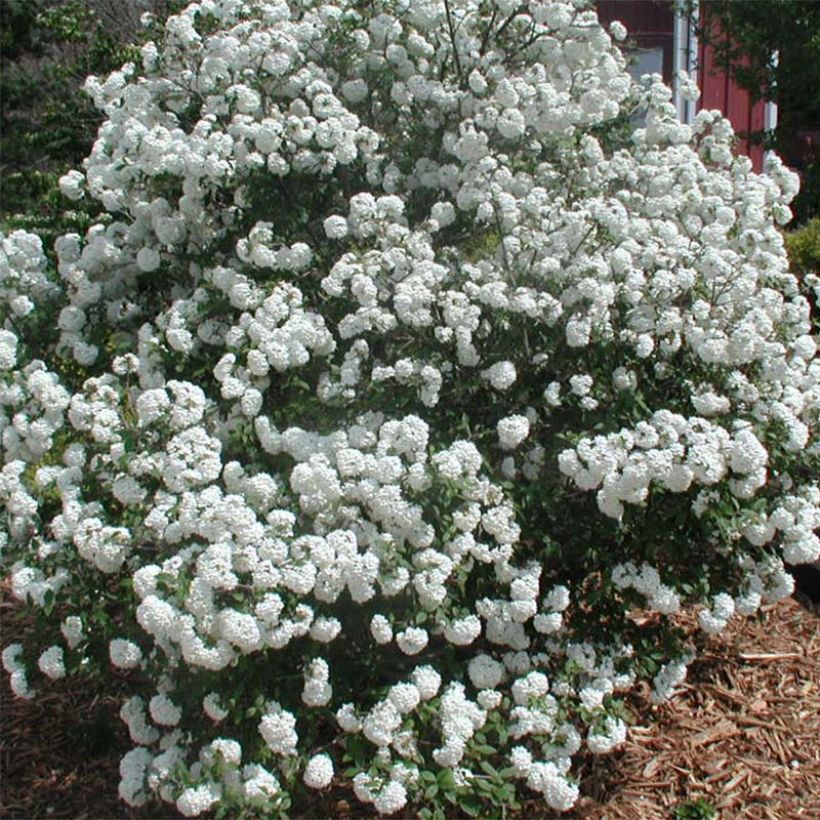

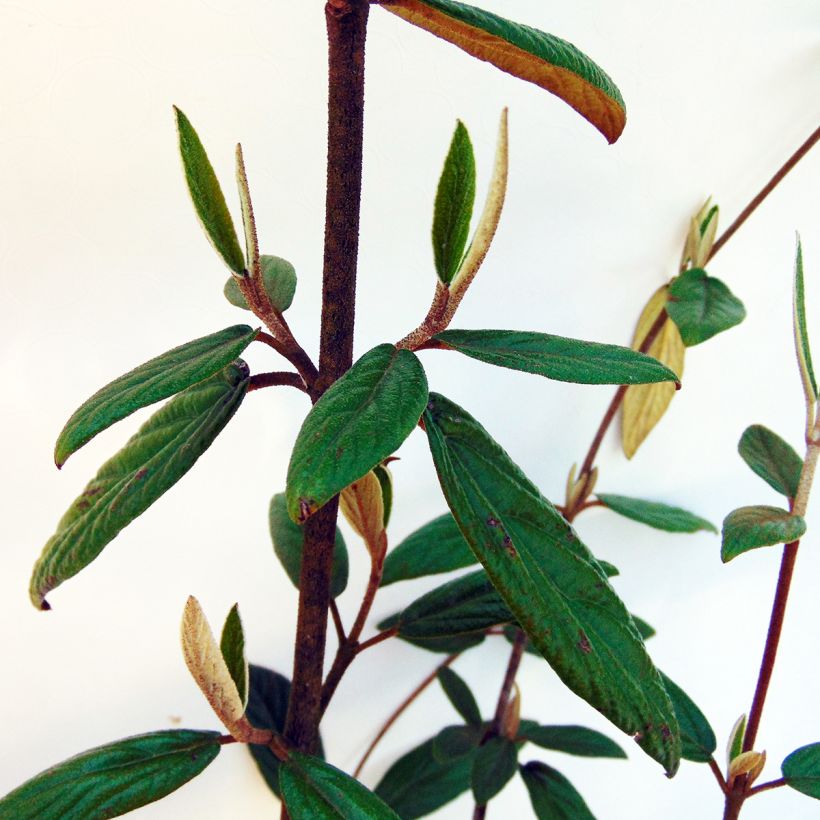

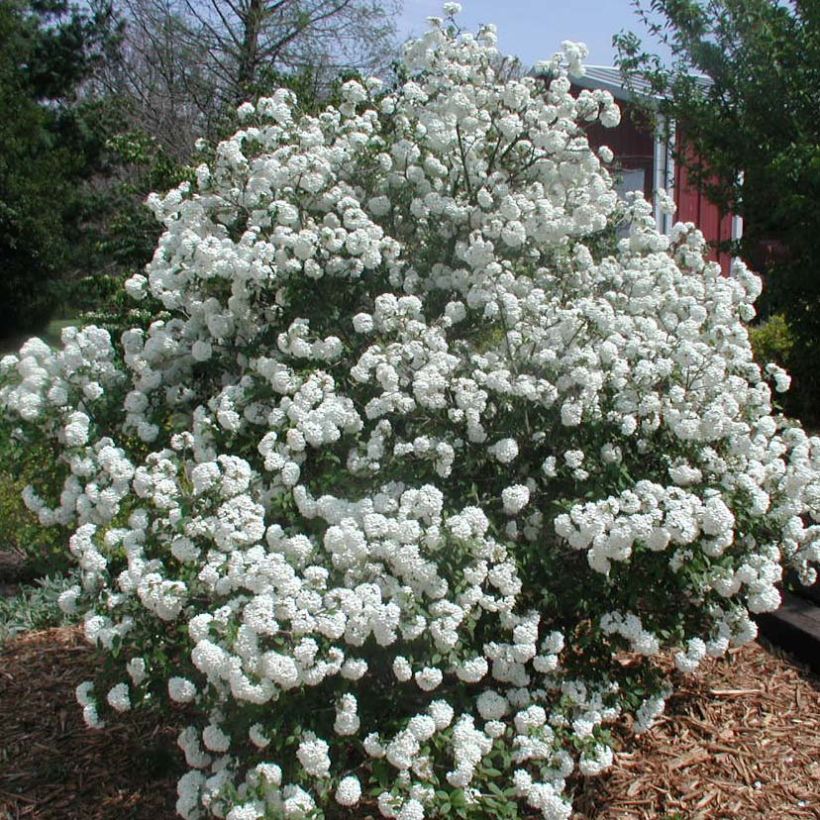

Plant habit
Flowering
Foliage
Botanical data
Viburnum
rhytidophyllum x utile
Pragense
Caprifoliaceae (Adoxaceae)
Prague Viburnum
Cultivar or hybrid
Other Viburnum
View all →Planting and care
The Prague viburnum is not very demanding on the nature of the soil as long as it is deep and moist, the bush tolerates limestone well. Plant it in ordinary garden soil, in a sunny or semi-shady position. This bush is hardy beyond -20°C (-4 °F). Spring-flowering viburnums can occasionally be pruned every 2 or 3 years. Shorten the faded branches by 1/4 to rebalance the bush. Maintenance pruning, which involves removing dry or dead branches, can also be done after flowering.
Planting period
Intended location
Care
Planting & care advice
-
, onOrder confirmed
Reply from on Promesse de fleurs
Similar products
Haven't found what you were looking for?
Hardiness is the lowest winter temperature a plant can endure without suffering serious damage or even dying. However, hardiness is affected by location (a sheltered area, such as a patio), protection (winter cover) and soil type (hardiness is improved by well-drained soil).

Photo Sharing Terms & Conditions
In order to encourage gardeners to interact and share their experiences, Promesse de fleurs offers various media enabling content to be uploaded onto its Site - in particular via the ‘Photo sharing’ module.
The User agrees to refrain from:
- Posting any content that is illegal, prejudicial, insulting, racist, inciteful to hatred, revisionist, contrary to public decency, that infringes on privacy or on the privacy rights of third parties, in particular the publicity rights of persons and goods, intellectual property rights, or the right to privacy.
- Submitting content on behalf of a third party;
- Impersonate the identity of a third party and/or publish any personal information about a third party;
In general, the User undertakes to refrain from any unethical behaviour.
All Content (in particular text, comments, files, images, photos, videos, creative works, etc.), which may be subject to property or intellectual property rights, image or other private rights, shall remain the property of the User, subject to the limited rights granted by the terms of the licence granted by Promesse de fleurs as stated below. Users are at liberty to publish or not to publish such Content on the Site, notably via the ‘Photo Sharing’ facility, and accept that this Content shall be made public and freely accessible, notably on the Internet.
Users further acknowledge, undertake to have ,and guarantee that they hold all necessary rights and permissions to publish such material on the Site, in particular with regard to the legislation in force pertaining to any privacy, property, intellectual property, image, or contractual rights, or rights of any other nature. By publishing such Content on the Site, Users acknowledge accepting full liability as publishers of the Content within the meaning of the law, and grant Promesse de fleurs, free of charge, an inclusive, worldwide licence for the said Content for the entire duration of its publication, including all reproduction, representation, up/downloading, displaying, performing, transmission, and storage rights.
Users also grant permission for their name to be linked to the Content and accept that this link may not always be made available.
By engaging in posting material, Users consent to their Content becoming automatically accessible on the Internet, in particular on other sites and/or blogs and/or web pages of the Promesse de fleurs site, including in particular social pages and the Promesse de fleurs catalogue.
Users may secure the removal of entrusted content free of charge by issuing a simple request via our contact form.
The flowering period indicated on our website applies to countries and regions located in USDA zone 8 (France, the United Kingdom, Ireland, the Netherlands, etc.)
It will vary according to where you live:
- In zones 9 to 10 (Italy, Spain, Greece, etc.), flowering will occur about 2 to 4 weeks earlier.
- In zones 6 to 7 (Germany, Poland, Slovenia, and lower mountainous regions), flowering will be delayed by 2 to 3 weeks.
- In zone 5 (Central Europe, Scandinavia), blooming will be delayed by 3 to 5 weeks.
In temperate climates, pruning of spring-flowering shrubs (forsythia, spireas, etc.) should be done just after flowering.
Pruning of summer-flowering shrubs (Indian Lilac, Perovskia, etc.) can be done in winter or spring.
In cold regions as well as with frost-sensitive plants, avoid pruning too early when severe frosts may still occur.
The planting period indicated on our website applies to countries and regions located in USDA zone 8 (France, United Kingdom, Ireland, Netherlands).
It will vary according to where you live:
- In Mediterranean zones (Marseille, Madrid, Milan, etc.), autumn and winter are the best planting periods.
- In continental zones (Strasbourg, Munich, Vienna, etc.), delay planting by 2 to 3 weeks in spring and bring it forward by 2 to 4 weeks in autumn.
- In mountainous regions (the Alps, Pyrenees, Carpathians, etc.), it is best to plant in late spring (May-June) or late summer (August-September).
The harvesting period indicated on our website applies to countries and regions in USDA zone 8 (France, England, Ireland, the Netherlands).
In colder areas (Scandinavia, Poland, Austria...) fruit and vegetable harvests are likely to be delayed by 3-4 weeks.
In warmer areas (Italy, Spain, Greece, etc.), harvesting will probably take place earlier, depending on weather conditions.
The sowing periods indicated on our website apply to countries and regions within USDA Zone 8 (France, UK, Ireland, Netherlands).
In colder areas (Scandinavia, Poland, Austria...), delay any outdoor sowing by 3-4 weeks, or sow under glass.
In warmer climes (Italy, Spain, Greece, etc.), bring outdoor sowing forward by a few weeks.






























